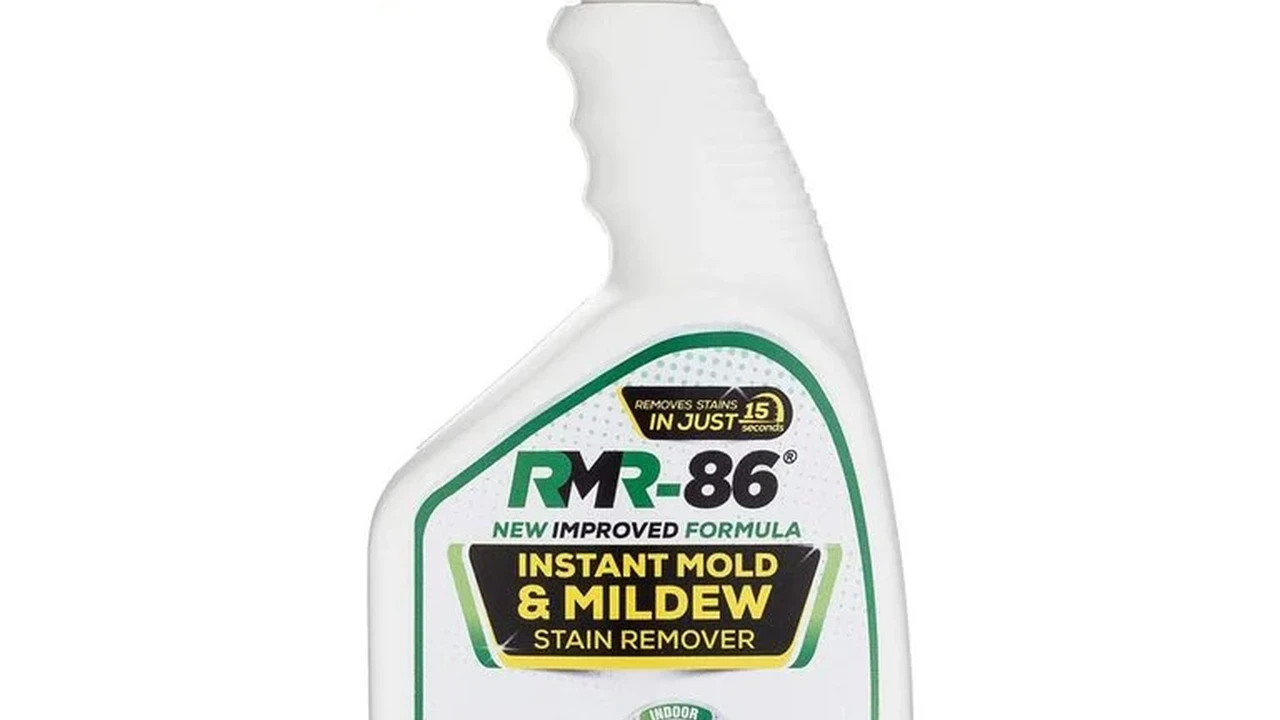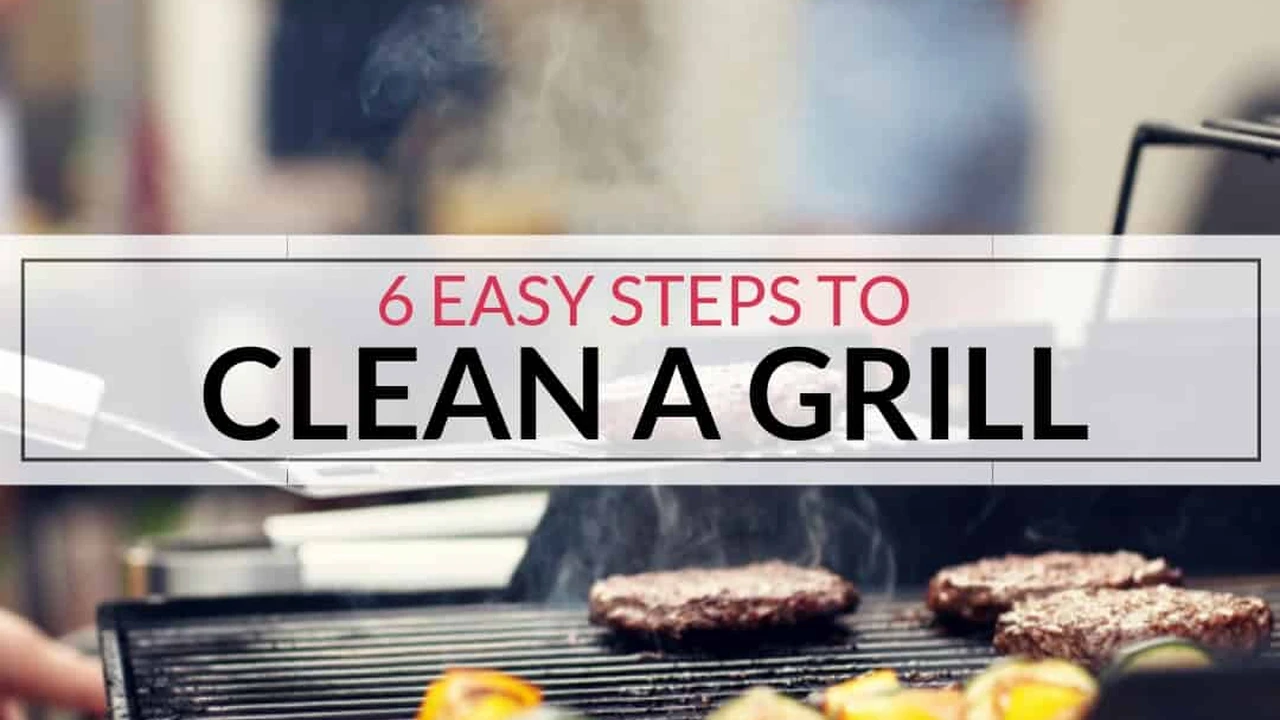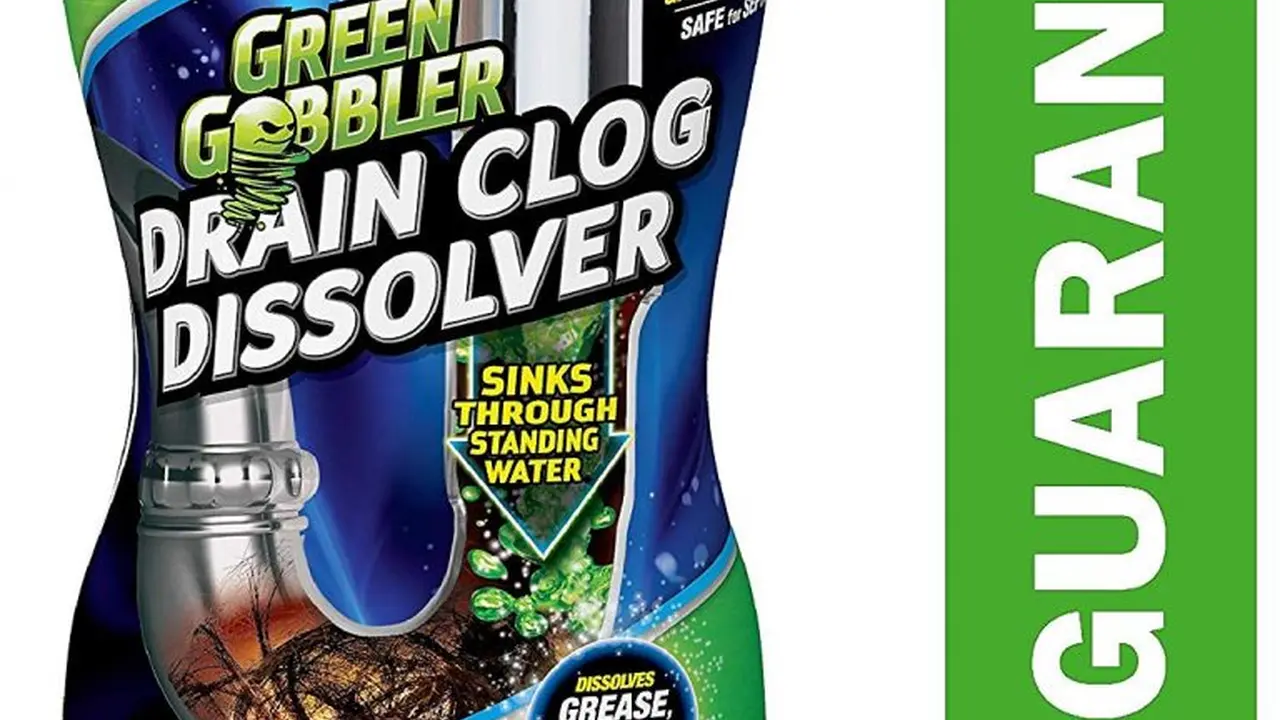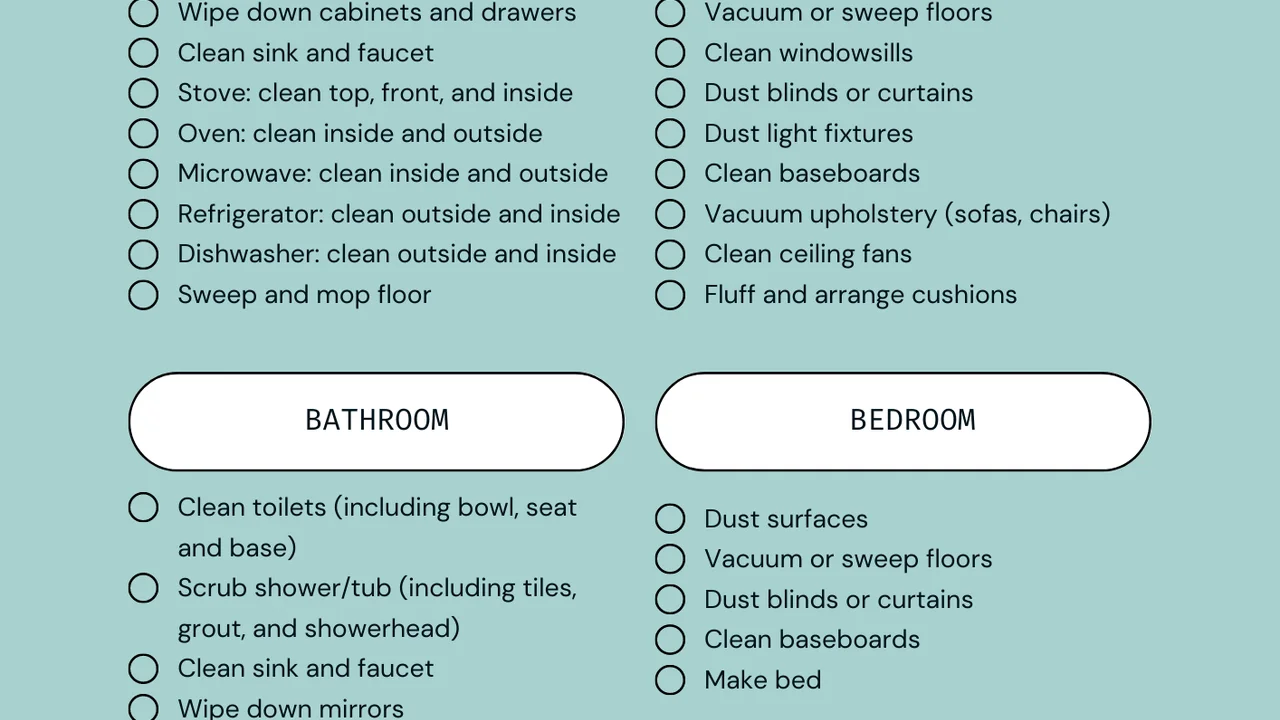Best Mold and Mildew Removers: Eliminate Mold Effectively

Understanding Mold and Mildew The Basics You Need to Know
Okay, let's talk mold and mildew. It's not exactly a glamorous topic, but it's something every homeowner has to deal with at some point. Mold and mildew aren't just unsightly; they can also cause health problems and even damage your home. So, what exactly are they? Mold and mildew are types of fungi that thrive in damp, humid environments. They spread by releasing tiny spores into the air, which can then land on surfaces and start to grow. You'll often find them in bathrooms, kitchens, basements, and other areas prone to moisture.
The key difference between mold and mildew is that mildew is usually surface-level and easier to clean, while mold can penetrate deeper into materials and be more difficult to remove. Mildew often appears as a powdery, white or gray substance, while mold can come in a variety of colors, including black, green, and brown. Both can have a musty odor, which is often the first sign of a problem.
Why is it important to get rid of mold and mildew? Well, aside from the aesthetic reasons (nobody wants a moldy bathroom!), these fungi can trigger allergies, asthma, and other respiratory problems. In severe cases, prolonged exposure to mold can even lead to more serious health issues. Additionally, mold can damage your home's structure by breaking down materials like wood, drywall, and insulation. So, tackling mold and mildew is crucial for both your health and the well-being of your home.
Choosing the Right Cleaning Product Mold Remover Selection Guide
Alright, so you've got a mold or mildew problem. Now what? The first step is to choose the right cleaning product. There are tons of options out there, from bleach-based solutions to more natural alternatives. But how do you know which one is right for you?
Bleach is a classic mold and mildew remover, and it's definitely effective. It works by killing the mold and mildew on contact, and it's relatively inexpensive. However, bleach also has some drawbacks. It can be harsh on surfaces, discolor fabrics, and release strong fumes. It's also not effective at removing mold stains, so you might still see discoloration even after cleaning.
For a gentler approach, consider using a vinegar-based cleaner. Vinegar is a natural disinfectant that can kill many types of mold and mildew. It's also non-toxic and doesn't produce harmful fumes. However, vinegar is not as strong as bleach, so it might not be effective for severe mold infestations.
Another popular option is borax, a natural mineral that's often used as a laundry booster. Borax is effective at killing mold and mildew, and it's also relatively safe to use. However, borax can be abrasive, so it's not suitable for all surfaces.
There are also specialized mold and mildew removers available at most home improvement stores. These products are often formulated with specific ingredients that target mold and mildew, and they can be more effective than general-purpose cleaners. However, they can also be more expensive and may contain harsh chemicals.
When choosing a cleaning product, consider the severity of the mold or mildew problem, the type of surface you're cleaning, and your personal preferences. Always read the product label carefully and follow the manufacturer's instructions.
Top Mold and Mildew Remover Products Product Recommendations and Reviews
Okay, let's get down to the nitty-gritty. Here are a few specific mold and mildew remover products that I've had good experiences with:
Concrobium Mold Control
Concrobium Mold Control is a popular choice for a reason. It's a non-toxic, bleach-free solution that effectively eliminates mold and mildew without harsh chemicals or fumes. It works by crushing the mold spores as it dries, preventing them from returning. I've used it on drywall, wood, and tile with great results. It's available at most home improvement stores and online retailers, typically priced around $15-$20 per bottle.
Usage Scenario: Ideal for treating mold and mildew in bathrooms, basements, and other areas prone to moisture. It's also safe to use on fabrics and carpets.
CLR Mold & Mildew Stain Remover
CLR Mold & Mildew Stain Remover is a powerful cleaner that effectively removes mold stains from a variety of surfaces. It contains bleach, so it's important to use it in a well-ventilated area and wear gloves. However, it's incredibly effective at removing stubborn mold stains that other cleaners can't touch. You can find it at most home improvement stores and online retailers for around $5-$10 per bottle.
Usage Scenario: Best for removing tough mold stains from tile, grout, and other non-porous surfaces. Avoid using it on fabrics or painted surfaces.
RMR-86 Instant Mold & Mildew Stain Remover
RMR-86 is a professional-grade mold and mildew stain remover that's incredibly effective. It's formulated with a powerful bleach-based solution that quickly eliminates mold and mildew stains. It's a bit more expensive than other options, typically around $20-$25 per bottle, but it's worth it if you have a serious mold problem.
Usage Scenario: Ideal for treating severe mold infestations in bathrooms, basements, and other areas. It's also great for removing mold stains from siding and other exterior surfaces.
Comparison Table
| Product | Price | Pros | Cons | Best For |
|---|---|---|---|---|
| Concrobium Mold Control | $15-$20 | Non-toxic, bleach-free, effective | May not be effective for severe infestations | General mold and mildew control |
| CLR Mold & Mildew Stain Remover | $5-$10 | Powerful stain remover, inexpensive | Contains bleach, can be harsh | Tough mold stains on non-porous surfaces |
| RMR-86 Instant Mold & Mildew Stain Remover | $20-$25 | Professional-grade, incredibly effective | More expensive, contains bleach | Severe mold infestations |
DIY Mold Removal Techniques Natural Remedies and Solutions
If you're looking for a more natural approach to mold removal, there are several DIY techniques you can try. These remedies are often less harsh than commercial cleaners, and they can be just as effective for mild mold and mildew problems.
Vinegar Solution
Vinegar is a natural disinfectant that can kill many types of mold and mildew. Simply spray undiluted white vinegar onto the affected area, let it sit for an hour, and then wipe it clean. You can repeat this process as needed until the mold is gone.
Usage Scenario: Effective for treating mild mold and mildew problems in bathrooms, kitchens, and other areas. It's also safe to use on most surfaces.
Baking Soda Paste
Baking soda is a mild abrasive that can help remove mold and mildew stains. Mix baking soda with water to form a paste, apply it to the affected area, and let it sit for a few minutes. Then, scrub the area with a brush or sponge and rinse with water.
Usage Scenario: Great for removing mold stains from grout, tile, and other surfaces. It's also safe to use on most surfaces.
Tea Tree Oil Spray
Tea tree oil is a natural fungicide that can kill mold and mildew. Mix a few drops of tea tree oil with water in a spray bottle, spray the solution onto the affected area, and let it sit for an hour. Then, wipe the area clean. You don't need to rinse, as the tea tree oil will continue to kill mold spores.
Usage Scenario: Effective for treating mold and mildew in bathrooms, kitchens, and other areas. It's also safe to use on most surfaces.
Preventing Mold Growth Tips and Best Practices
Prevention is always better than cure, right? Here are some tips to help prevent mold and mildew from growing in your home:
- Control Humidity: Keep humidity levels in your home below 60%. Use a dehumidifier in damp areas like basements and bathrooms.
- Ventilate: Ensure proper ventilation in bathrooms and kitchens. Use exhaust fans when showering or cooking.
- Fix Leaks: Repair any leaks in your roof, plumbing, or windows. Water damage is a major cause of mold growth.
- Clean Regularly: Clean bathrooms and kitchens regularly to remove soap scum and other debris that can harbor mold and mildew.
- Dry Wet Areas: Dry any wet areas immediately after they occur. Wipe up spills, dry shower walls, and dry clothes promptly.
Mold Remediation When to Call a Professional
Sometimes, mold problems are too severe to handle on your own. If you have a large mold infestation (more than 10 square feet), or if you're experiencing health problems related to mold exposure, it's best to call a professional mold remediation company. These companies have the equipment and expertise to safely and effectively remove mold from your home.
When choosing a mold remediation company, be sure to check their credentials and references. Ask about their process for mold removal and what steps they take to prevent future growth. A reputable company will also provide you with a written estimate and guarantee their work.
Safety Precautions During Mold Removal Protective Gear and Guidelines
Whether you're tackling a small mold problem or a larger infestation, it's important to take safety precautions to protect yourself from mold exposure.
- Wear Protective Gear: Wear gloves, a mask, and eye protection to prevent mold spores from coming into contact with your skin, eyes, and lungs.
- Ventilate the Area: Open windows and doors to ventilate the area you're cleaning. This will help to remove mold spores from the air.
- Isolate the Area: If possible, seal off the area you're cleaning from the rest of your home. This will prevent mold spores from spreading.
- Dispose of Moldy Materials: Dispose of any moldy materials in sealed plastic bags. This will prevent mold spores from escaping and spreading.
By following these safety precautions, you can minimize your risk of mold exposure and protect your health.
:max_bytes(150000):strip_icc()/277019-baked-pork-chops-with-cream-of-mushroom-soup-DDMFS-beauty-4x3-BG-7505-5762b731cf30447d9cbbbbbf387beafa.jpg)





